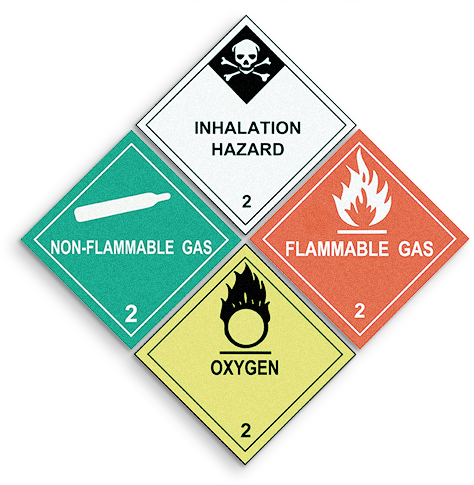Chemicals
Chemicals are in everything we touch, breathe and taste. There are some chemicals that are best to avoid for your own health and your ability to conceive a baby.

Chemicals are in everything we touch, breathe and taste. There are some chemicals that are best to avoid for your own health and your ability to conceive a baby.

Being careful about the chemicals you use at home, work or play when you’re trying to become pregnant or conceive a baby is best. Some chemicals could affect ovulation and may change sperm or testosterone levels.
If you use well water from a private supply, have it tested. This can include testing for chemicals or impurities. Some of these, including lead and mercury could be harmful. Learn more about testing here.
There are some chemicals you should avoid when you’re trying to become pregnant or conceive a baby. These include lead, mercury, solvents and pesticides.
Lead can harm your nervous system, bloodstream and kidney health.
You can reduce your risk of exposure to lead by:
Here are some other ways to avoid lead.
Some crystal contains lead. Some pottery or ceramics have lead in the glaze. Don’t store food or beverages in containers if you’re not sure if it has lead in it.
Some toys or jewellery that are made outside of North America, may have lead in them. Check labels. If you are not sure about whether the product has lead or not, don’t buy or use it.
For more information visit Government of Canada- Reduce your exposure to Lead
Some forms of mercury can be harmful at high levels. A person with a high level of mercury can also have trouble becoming pregnant or staying pregnant.
Learn more about how to reduce your exposure to mercury in fish or shellfish.
If you are exposed to mercury in the workplace it can lead to mental and physical changes that can have serious negative health effects.
For more information on how mercury may impact your health, visit Government of Canada’s Mercury and Human Health.
Solvents may cause breathing problems and damage organs (e.g., kidneys, liver, reproductive).
You can reduce your risk of exposure to solvents by:
Pesticides can cause headaches, nausea or dizziness and can lead to nerve damage or hormonal imbalances.
You can reduce your risk of exposure to pesticides by:
Learn more about occupational hazards.
Learn more about environmental hazards to see how many of these substances you come in contact with throughout your day.
Some people are exposed to chemicals through their job.
If you are exposed to chemicals in your workplace, there are some ways to reduce your risk:
Examples of jobs that people may have exposure to chemicals include:
Occupational Health and Safety resources can be found here.
If you work in any of the following areas, there are risks that you need to be aware of.
Healthcare risks:
Printing & Cleaning Services risks:
Agricultural risks:
Cosmetology risks:
Read the Material Safety Data Sheets (MSDSs) in your workplace to help reduce exposures.
Some chemicals can affect a developing baby.
If a pregnant person is exposed to lead it can cause:
Some types of fish or shellfish contain high levels of mercury. People who are planning a pregnancy or could become pregnant should limit their exposure to mercury in fish. This is because mercury can affect a developing baby. During pregnancy, mercury can pass through blood to the fetus through the placenta. In a developing baby, too much mercury can harm the brain and nervous system. For information about choosing fish lower in mercury see Eating Fish in Pregnancy.
A common household chemical that has the potential to harm a pregnancy and developing baby is pesticide. If you are trying to get pregnant, it would be best to avoid any exposure to pesticide. For more information, check out these links: Exposure to Toxins During Pregnancy and Pesticides – MotherToBaby.
Older homes can have lead in the paint or asbestos in the walls, pipes, flooring, paint, insulation or cement blocks.
Asbestos can damage the lungs and lead to lung disease and cancer. It can be found in older homes and buildings. It may be in plaster walls, pipes, flooring, paint, insulation, or cement blocks.
You can reduce your exposure to asbestos by always having asbestos testing and removal done by trained professionals.
Learn more about safer renovations here.
Use low volatile organic compound (VOC) products. These can include paint, glue and coatings. There are also low-emission carpets that release fewer chemicals into the air.
Learn more about VOCs here.
You can call the Poison and Drug Information Service (PADIS) at 1-800-332-1414 for information on chemicals.
Talk with your health care provider if you are concerned about household chemicals or chemicals in your workplace.
To learn more about the safety of chemicals you may be using in your home, click here.
Ready or Not contains a lot of information. So we created My To-Do List for you to use as a personal reminder, share with your partner, or bring to your next check-up.
Be sure to click “Add this to my To-Do List” anytime you see something you want to print, email, save, or share. Because we do not ask for any personal information, your list will only be saved for a week after your last added item.



